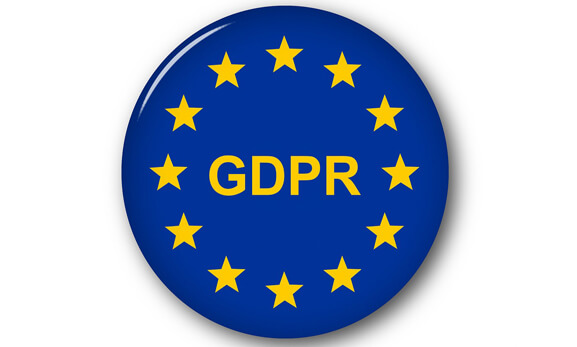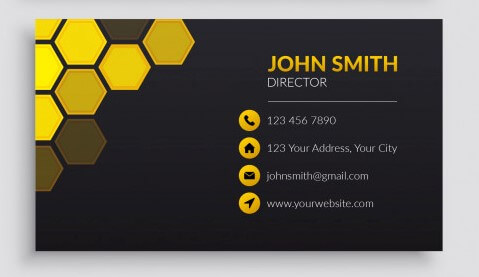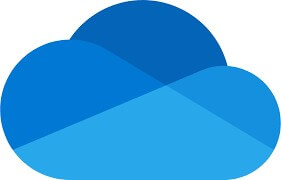For your lead generation campaign to be successful, you will find an up-to-date database is invaluable.
A good database will allow you to identify your best leads and help you prioritise your efforts to maximise your results.
If it holds quality, complete data it will help you personalise your approach.
Remember on average, selecting the right contacts with the right message, can increase your response rate by up to 80%!
All you then need is the right timing… which can be more difficult to arrange, as you don’t have a crystal ball! (However, you can start collecting information which can help with the timing aspect as well….)
If there is more than one person working on your lead generation, then a solid database will help ensure you don’t double-handle a prospect (which looks unprofessional).
It also means that efforts are put into the best prospects first.
What do I need it for?
Your database helps you:
- Prioritise your best prospects
- Ensures you don’t ‘drop the ball’ – it reminds you when you need to reconnect
- Allows you to select based on characteristics, so you can send the right message to the right person at the right time
- Measure your effectiveness
- Keep your contact data up to date
The more data you have on your prospect, the more personalised your approach can be… and the more personalised the approach, the higher your success rate.

An effective database makes sure you don’t ‘drop the ball’ by reminding you to reconnect with prospects.
What do I need to know?
To achieve a personalised approach in your lead generation campaign, your database needs to tell you everything you need to know about your prospect.
This may vary depending on your industry, but there are a few key things every company should know when contacting a prospect:
- Name
- Status – Client, Lapsed, Prospect, Supplier, Referrer
- Suppression flag – for example, ‘do not phone’
- Job title & Company Name
- All contact details – telephone, mobile, email, address
- Social media – LinkedIn, website URL, Twitter handle
- Source: how you know the contact
- Industry or sector information
- Stage of interaction (progress)
- When next contact should be made
- Info on what you’ve sent them – collateral, quotes
- GDPR flag – have they agreed to be marketed to
- Notes section – for reminders, next steps etc
Check their GDPR flag – what have they agreed to receive?
You don’t have to fill all these fields in right away – filling in your database as you go along is a great way to track your progress. That way, you keep your communication with them relevant to their circumstances.
Identify what you need to know to confirm that your prospect is a worthwhile lead.
Then, create categories in your database for this, and fill them in as you learn more from your prospect.

How do I collect data?
You need to ensure that all data you collect for your database is accurate. To do this, you need to use reliable sources when gathering your information. You can collect your data from:
- They provide business card at networking meeting (capture all of these!)
- They complete your ‘enquirers’ form on your website/pop-up – remember to include a GDPR check-box for marketing
- Social media platforms – LinkedIn can be invaluable here
- Collect from their Company website
- Telephone conversation
- E-marketing
When collecting your data from a social media platform, it’s worth checking the person’s details are up to date.
Even if your contact filled out their information themselves, that doesn’t mean they haven’t changed their details since.
Also, keep your approach compliant with all GDPR guidelines!

Trading business cards at networking events is a great way of collecting data on potential prospects
Update consistently (& cohesively)
Your database must be updated consistently for it to be effective. You also need to ensure that all staff working on your database are doing so in a shared area.
This maintains that your database isn’t messed up by multiple people working on it at the same time.
If you’re using a spreadsheet to hold data, make sure it is backed up regularly, as these get scrambled very easily and all of your data could be corrupted!
Much better to use one of the free CRMs to start with – and once you’re more established, then paying for a quality CRM system is a must. Make sure that:
- Everyone clearly understands the layout
- Data is in clear categories
- Information is accurate and updated
- All work is done in a shared area
By doing the above four things, your team works cohesively and consistently on your database without any problems.
It is crucial that you work consistently on your database – you need to contact prospects with an up-to-date understanding of their situation.

Ensure that all database work is done in a shared area, so all information is up-to-date
Review and improve
Your lead generation campaign needs to get the best results for your business – but if it doesn’t straight away, don’t worry!
Consistently updating your database is key to a successful lead generation campaign, as you can track what is working well, and replicate it!
By using your database in this way, you keep your lead generation campaign targeted towards getting the best results.
Once you have the database in place, now you’re ready to plan and implement your campaign.
Know what you’re going to do in advance and having your content & collateral ready is essential… but that is a topic for a new blog!